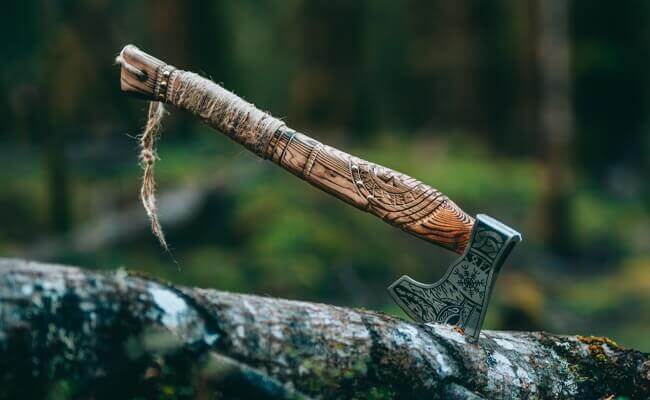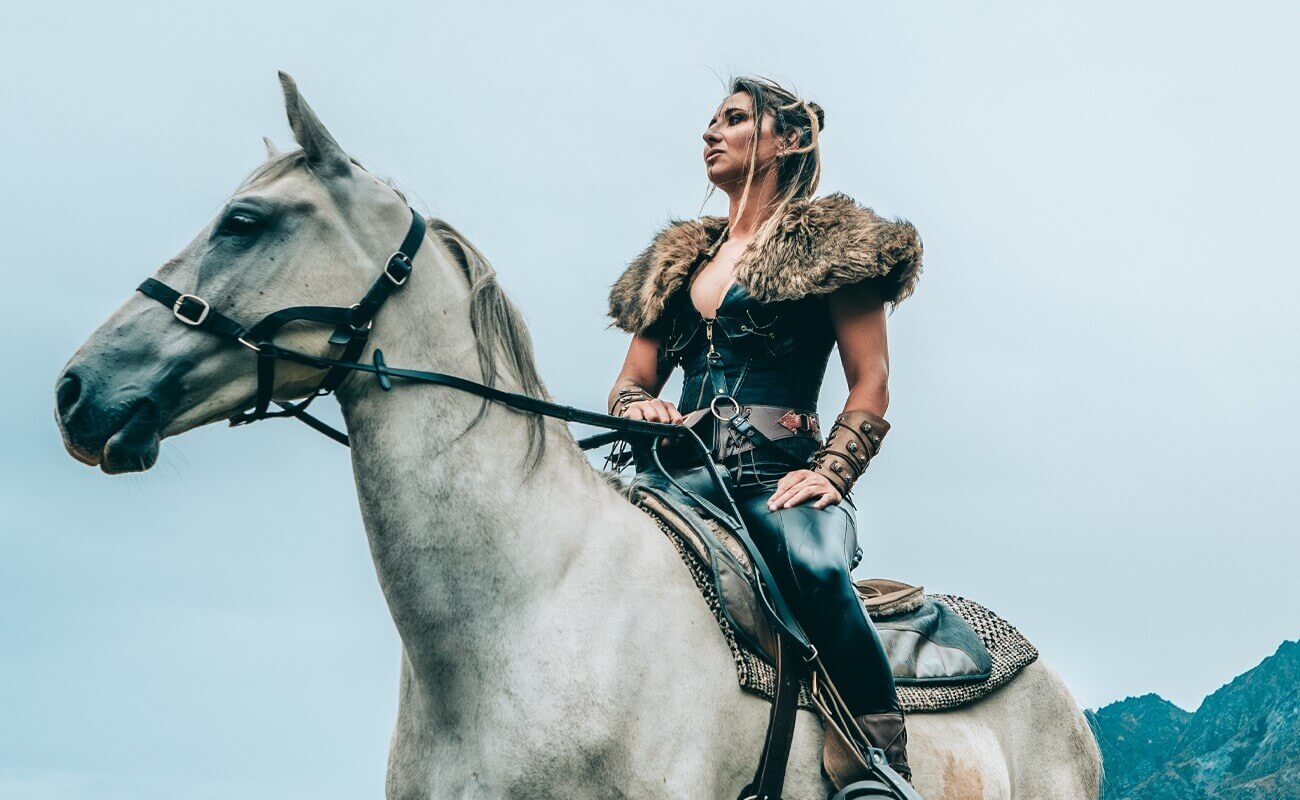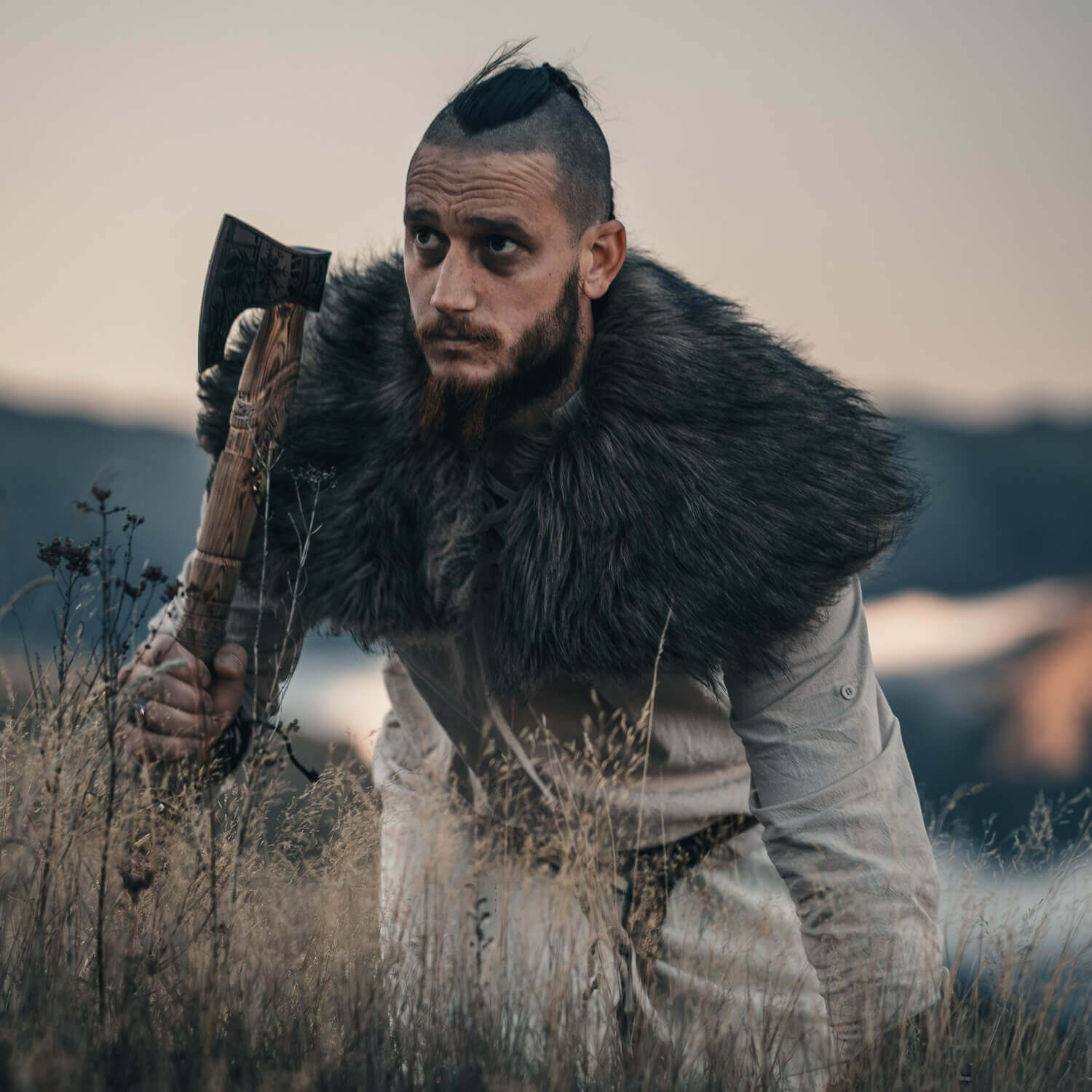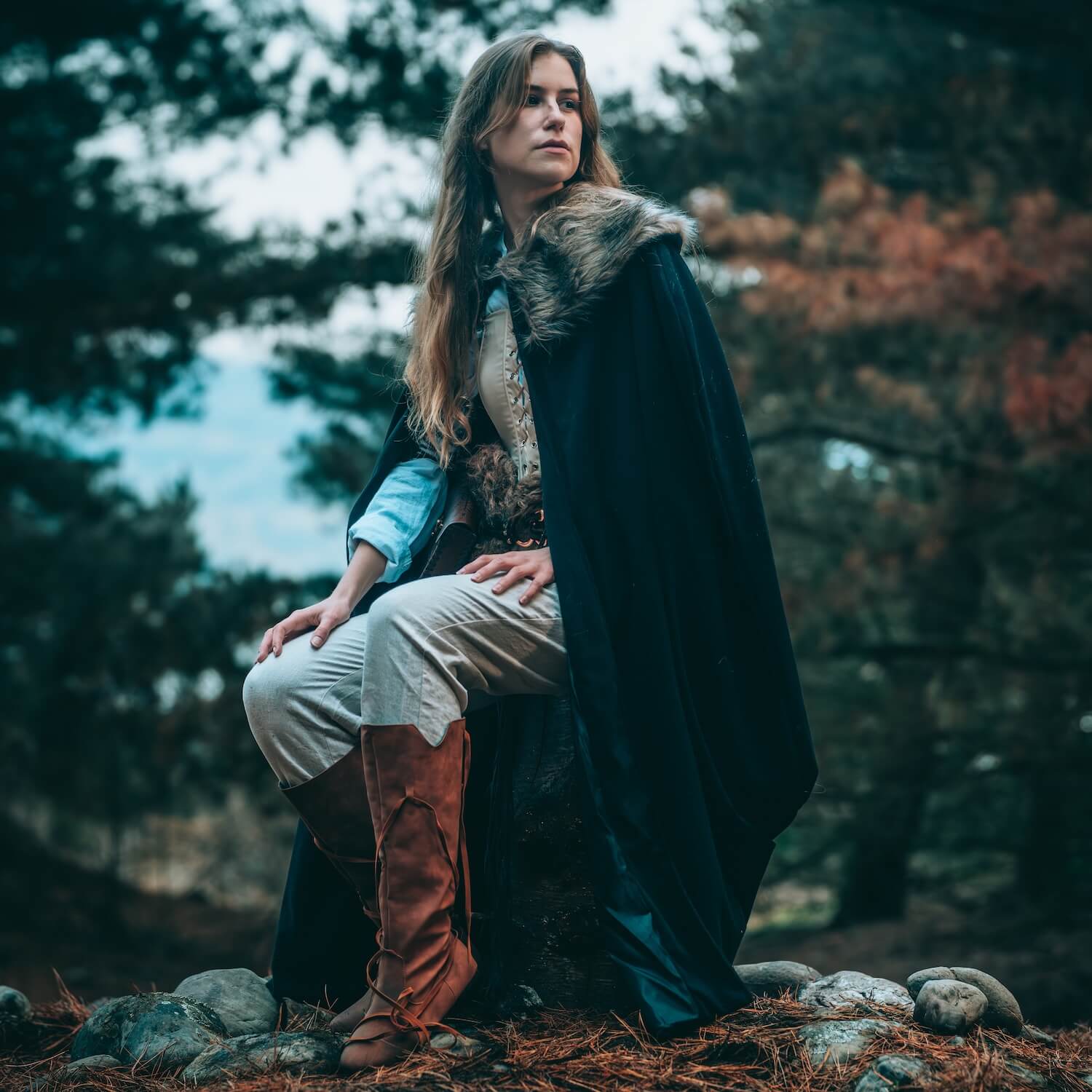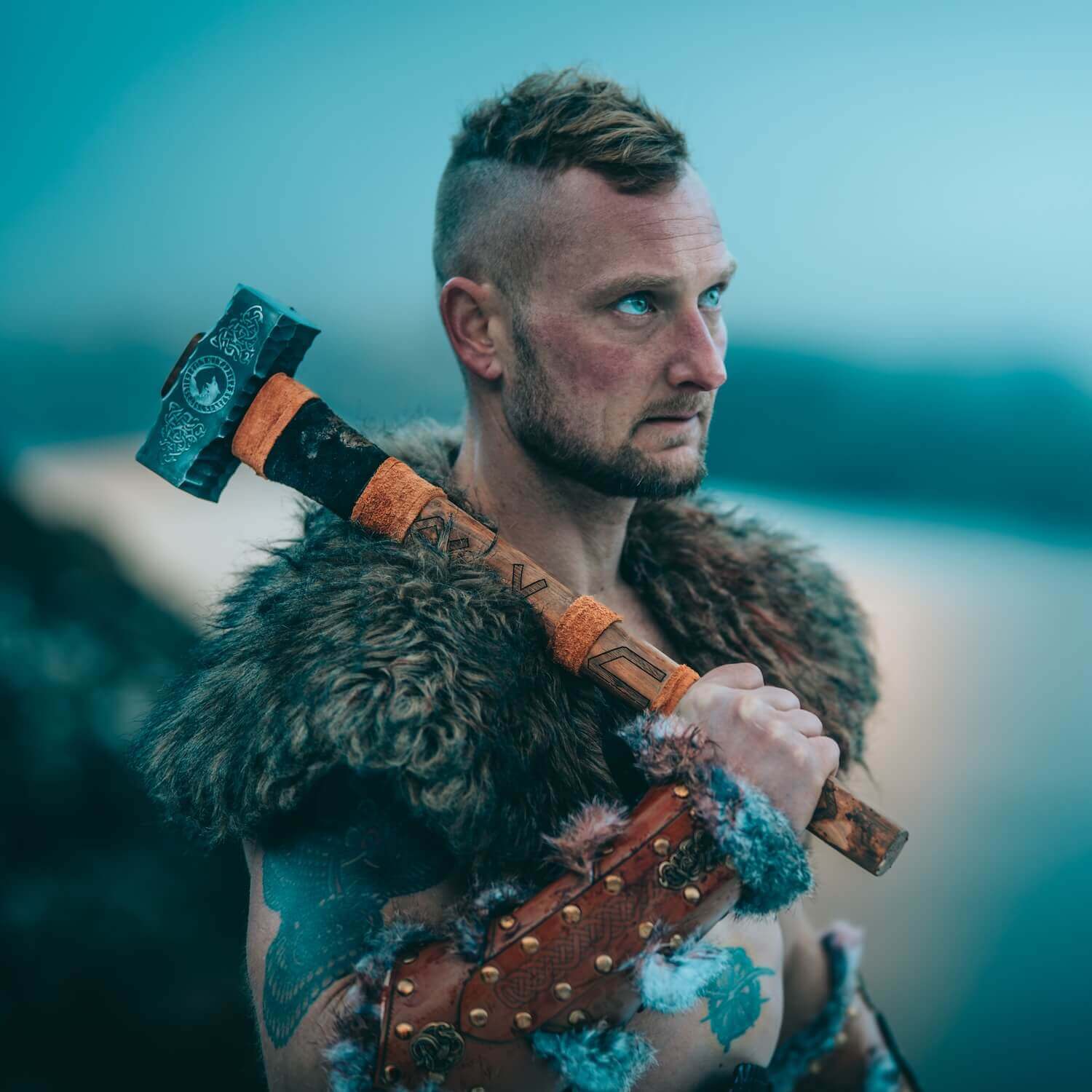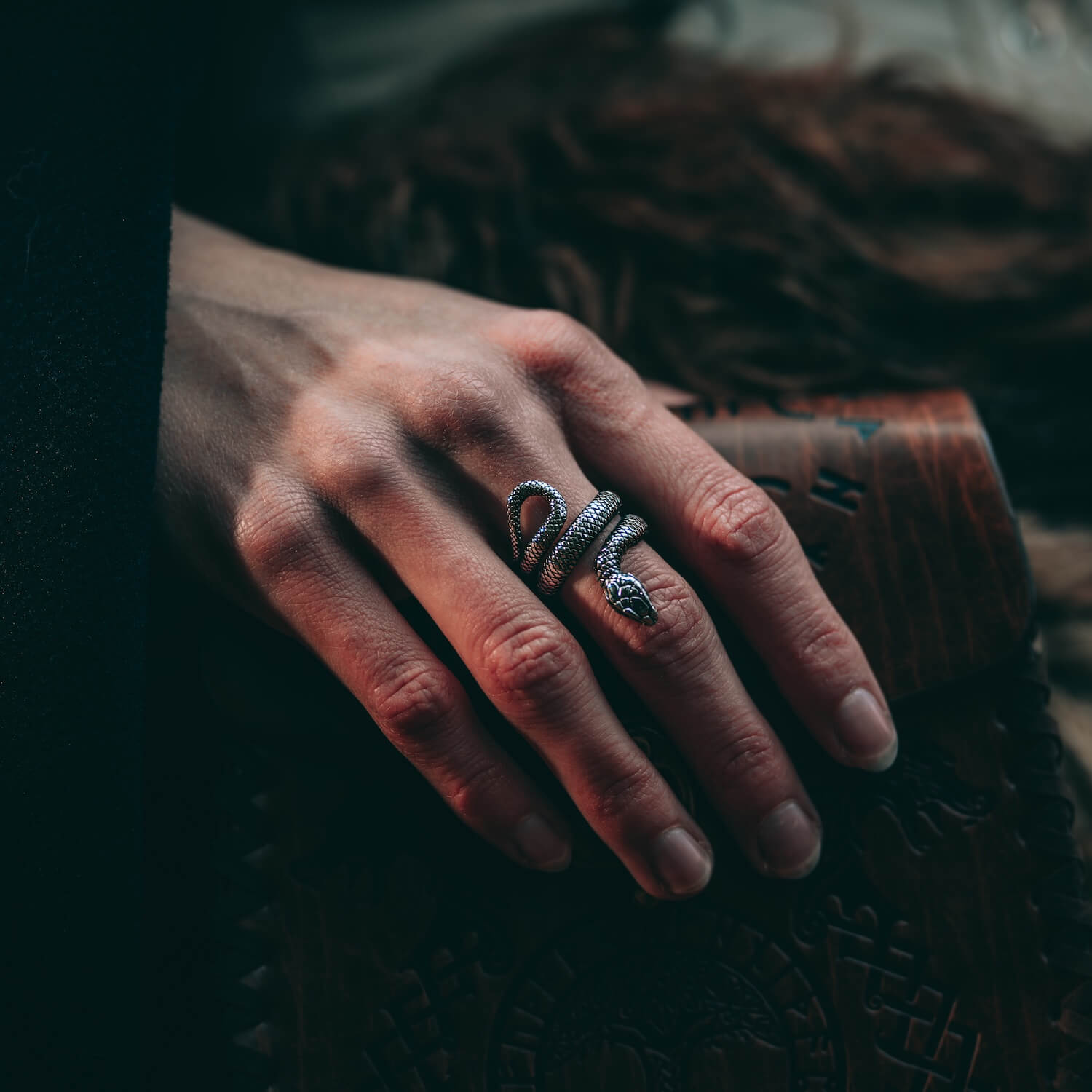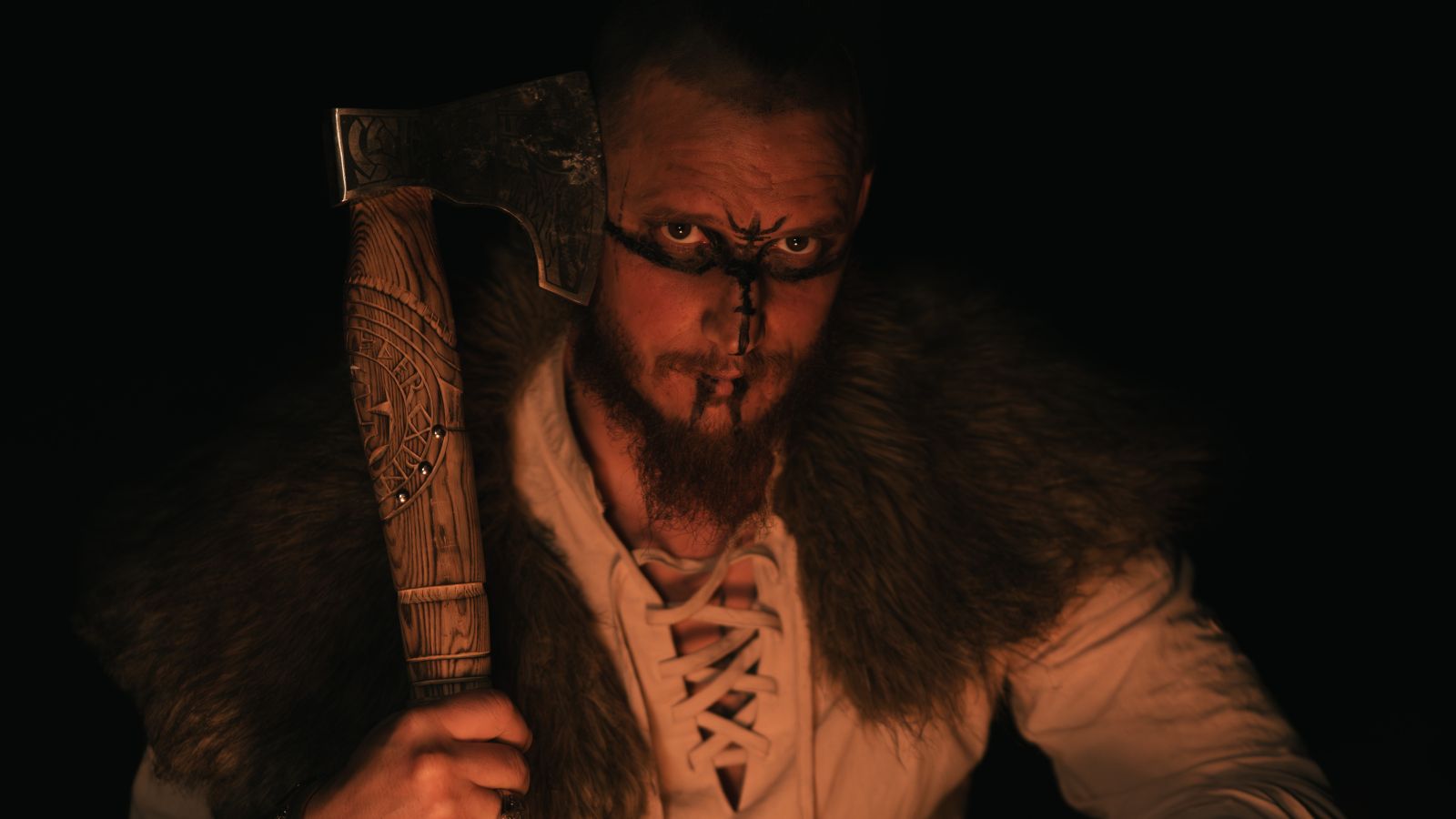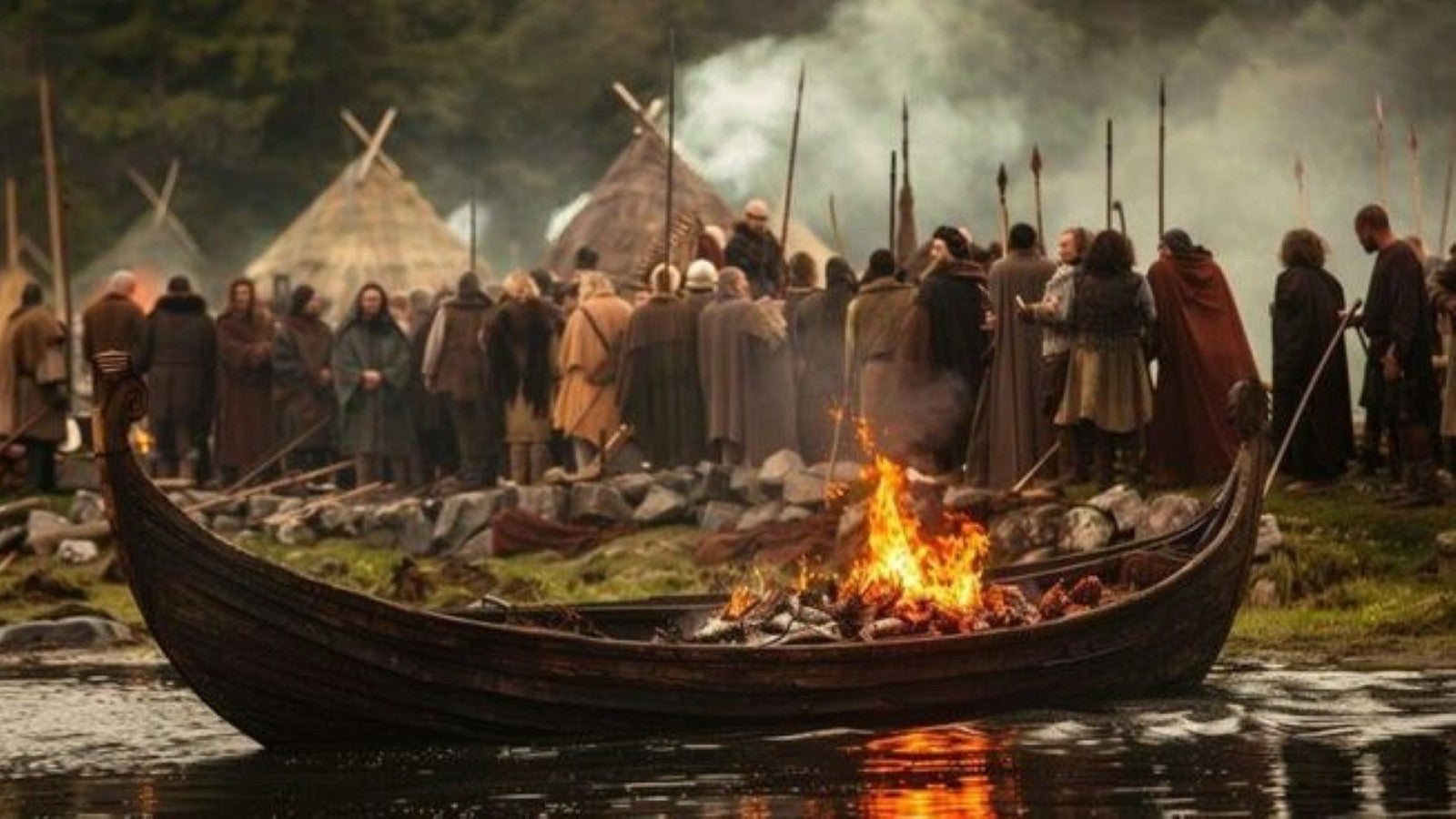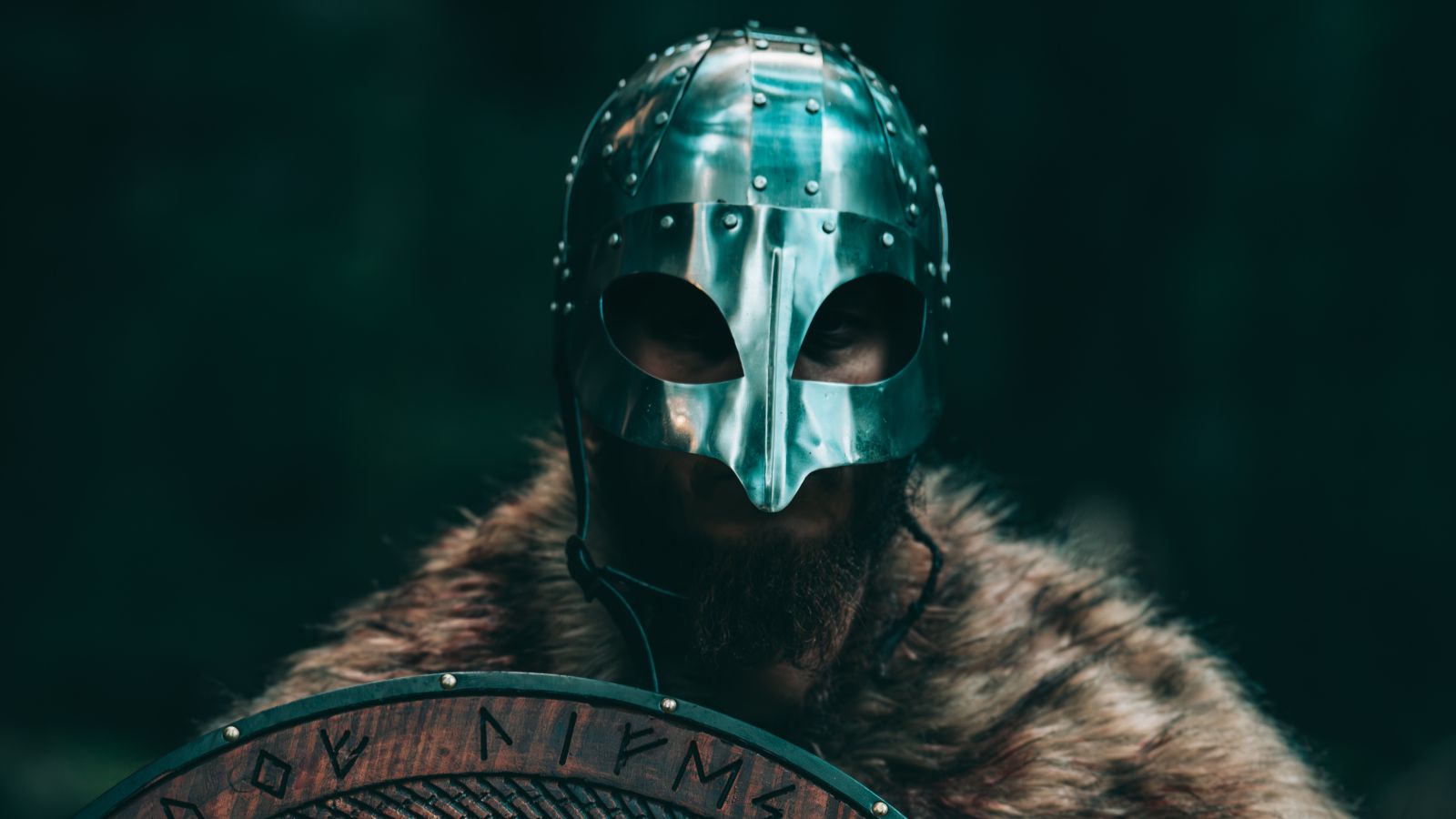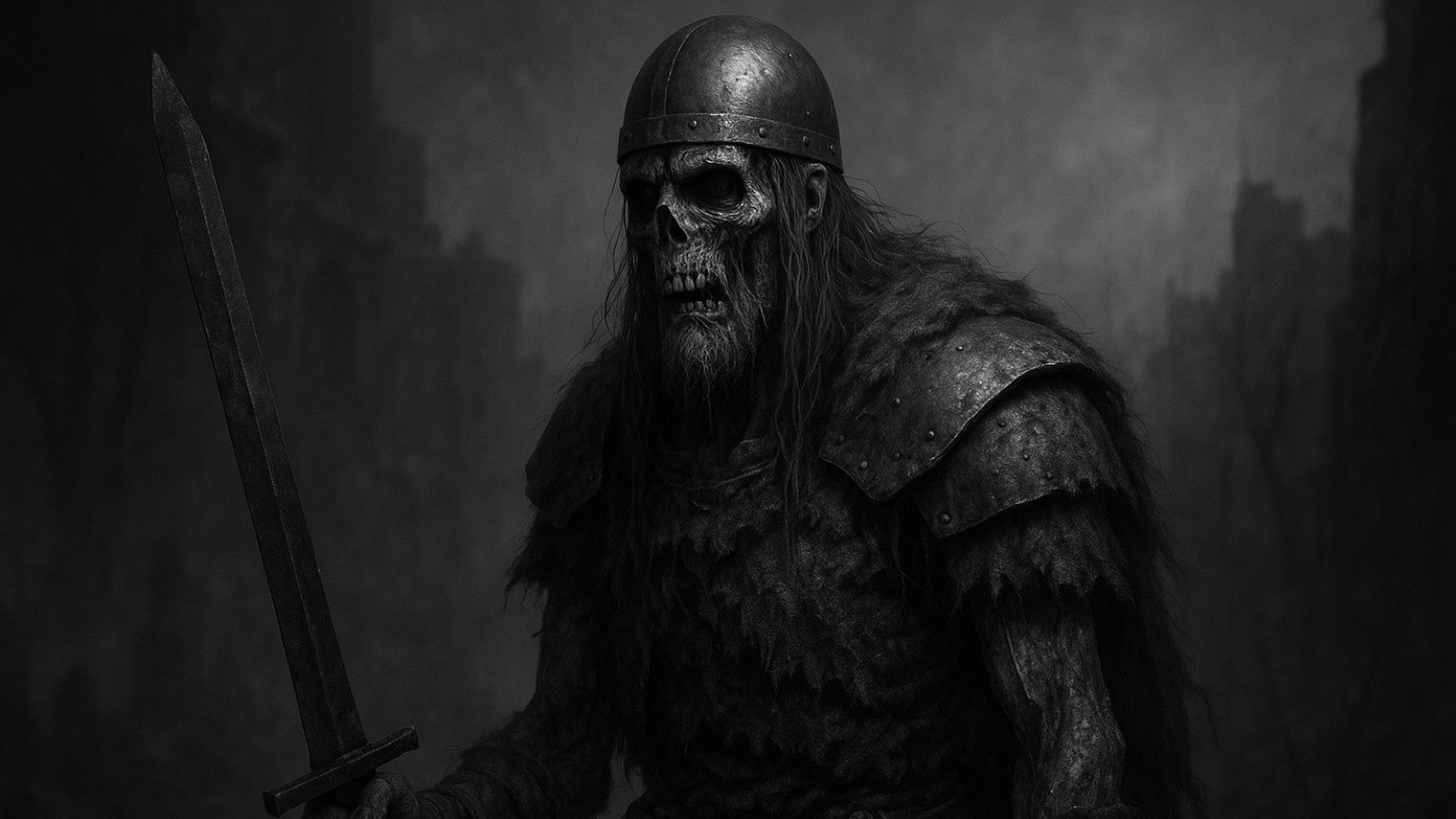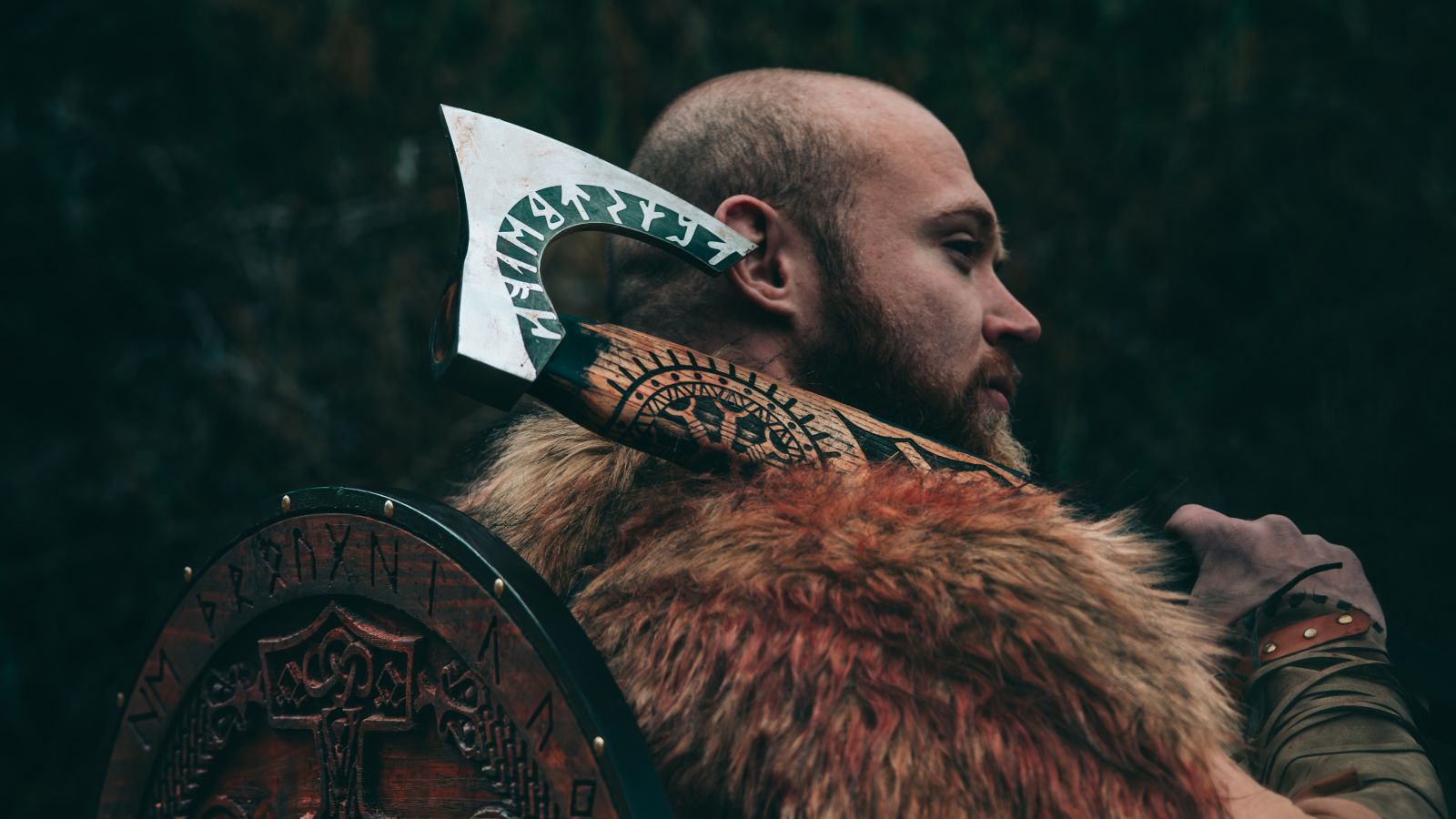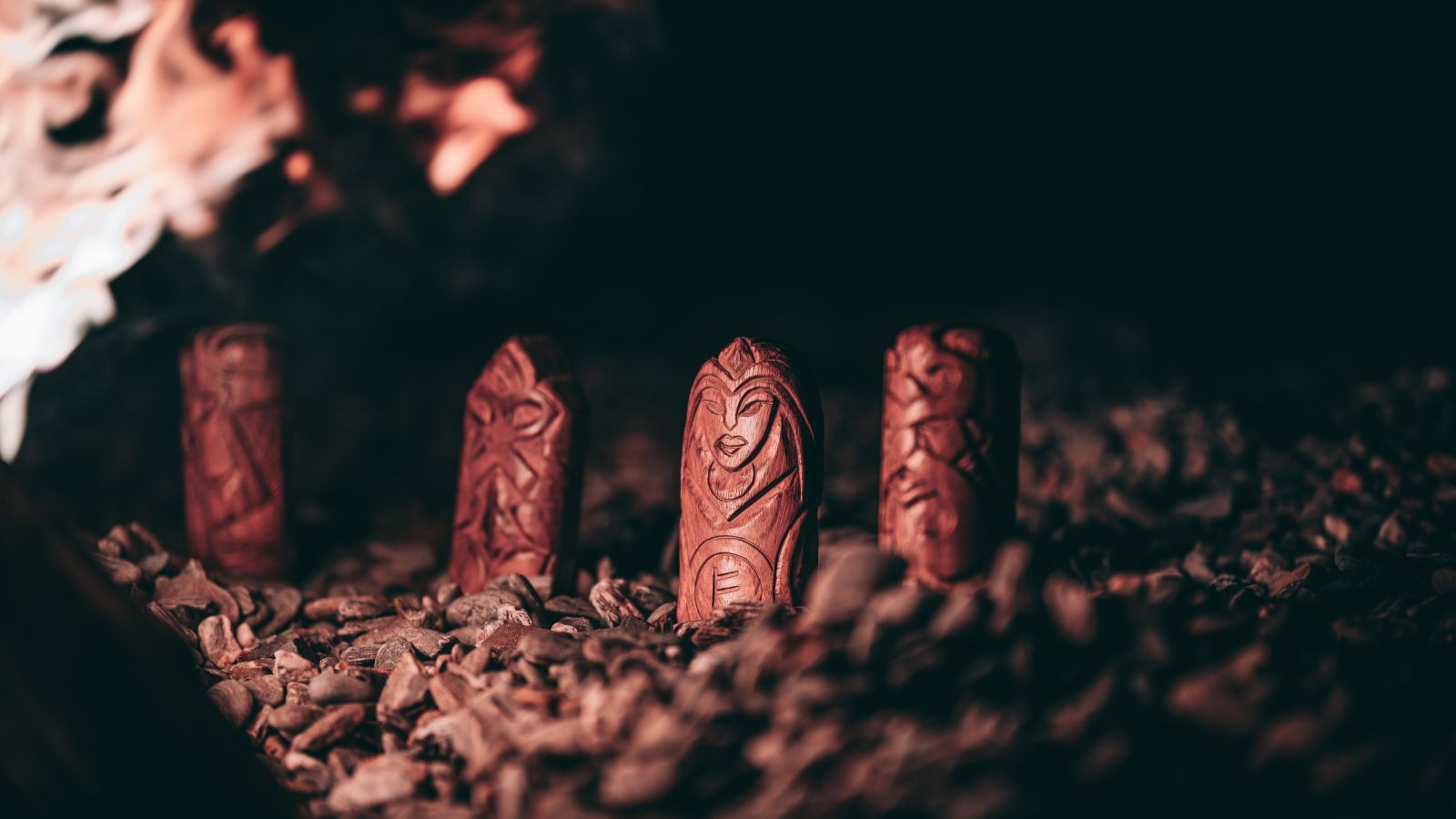
The Ultimate Guide to Norse Culture: Gods, Goddesses, and Sagas
To truly understand the Viking Age, you must go beyond the battlefield and into the rich, complex world of Norse culture. The stories of their gods, goddesses, and heroes are not just tales of a bygone era; they are the foundation of a fascinating worldview. This guide will serve as your starting point for exploring the pantheon and the ancient sagas that tell their stories.
The Major Gods of the Æsir
The Norse pantheon is divided into two main tribes of gods: the Æsir, who are associated with war and sovereignty, and the Vanir, who are associated with fertility and nature. The most famous deities belong to the Æsir.
-
Odin: The Allfather, a god of wisdom, war, and death. He famously sacrificed his eye to gain wisdom from the Well of Mímir and hung himself from the world tree Yggdrasil for nine nights to discover the secrets of the Norse runes. He is the leader of the gods and the ruler of Asgard.
-
Thor: The god of thunder and the protector of Midgard (the human world). He is known for his immense strength, his red beard, and his legendary hammer, Mjolnir. Thor is a popular figure in many sagas, where he frequently battles giants to protect gods and mortals alike.
-
Loki: The trickster, a complex figure who is both a companion and an adversary to the gods. He is a shapeshifter and the father of several monstrous beings, including the wolf Fenrir and the great serpent Jörmungandr. Loki's mischievous nature often causes chaos, but he also uses his cunning to solve problems for the gods.
Key Goddesses of the Norse World
The goddesses of Norse tradition held significant power and importance, often associated with destiny, wisdom, and love.
- Freyja: A Norse goddess of love, beauty, fertility, and war. She is the most revered of the goddesses and the leader of the Valkyries, who choose half of the slain warriors to reside in her hall, Fólkvangr. Freyja is also an accomplished practitioner of the magical art of seiðr.
- Frigg: The queen of the Æsir, Frigg is the wife of Odin and a goddess of motherhood, marriage, and foresight. While her ability to see the future is a powerful gift, she famously chooses to keep her prophecies to herself.
The Ancient Sagas: Stories of Gods and Mortals
The tales of the gods are primarily preserved in two Icelandic manuscripts from the 13th century: the Poetic Edda and the Prose Edda. These collections of poems and prose provide the most comprehensive look into Norse cultural beliefs, from the creation of the world to the final battle of Ragnarök.
- Sagas of Icelanders (Íslendingasögur): These are prose narratives that tell the stories of real Viking families who settled in Iceland. While they focus on human drama, they often feature encounters with the gods or references to old traditions and beliefs, offering a grounded look at the Norse worldview.
- Mythological Sagas (Fornaldarsögur): These Norse sagas are a mix of history and legend, recounting the deeds of mythical heroes and kings from the early Viking Age. They are a treasure trove of adventure, prophecy, and magical items.
By exploring these foundational texts and the characters within them, you begin to grasp the intricate world of Norse tradition. It is a culture filled with powerful deities, epic battles, and a deep respect for fate and honor.

